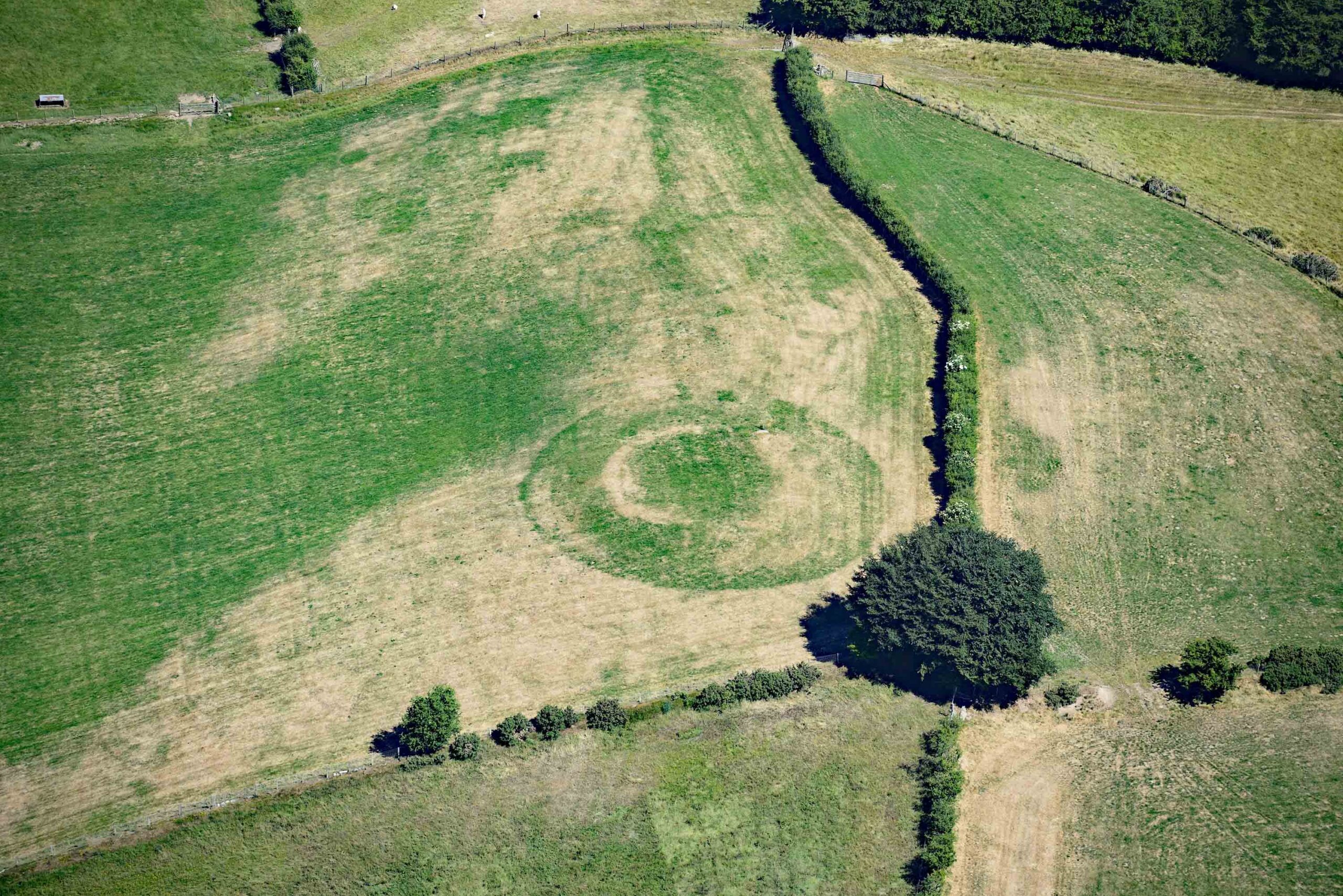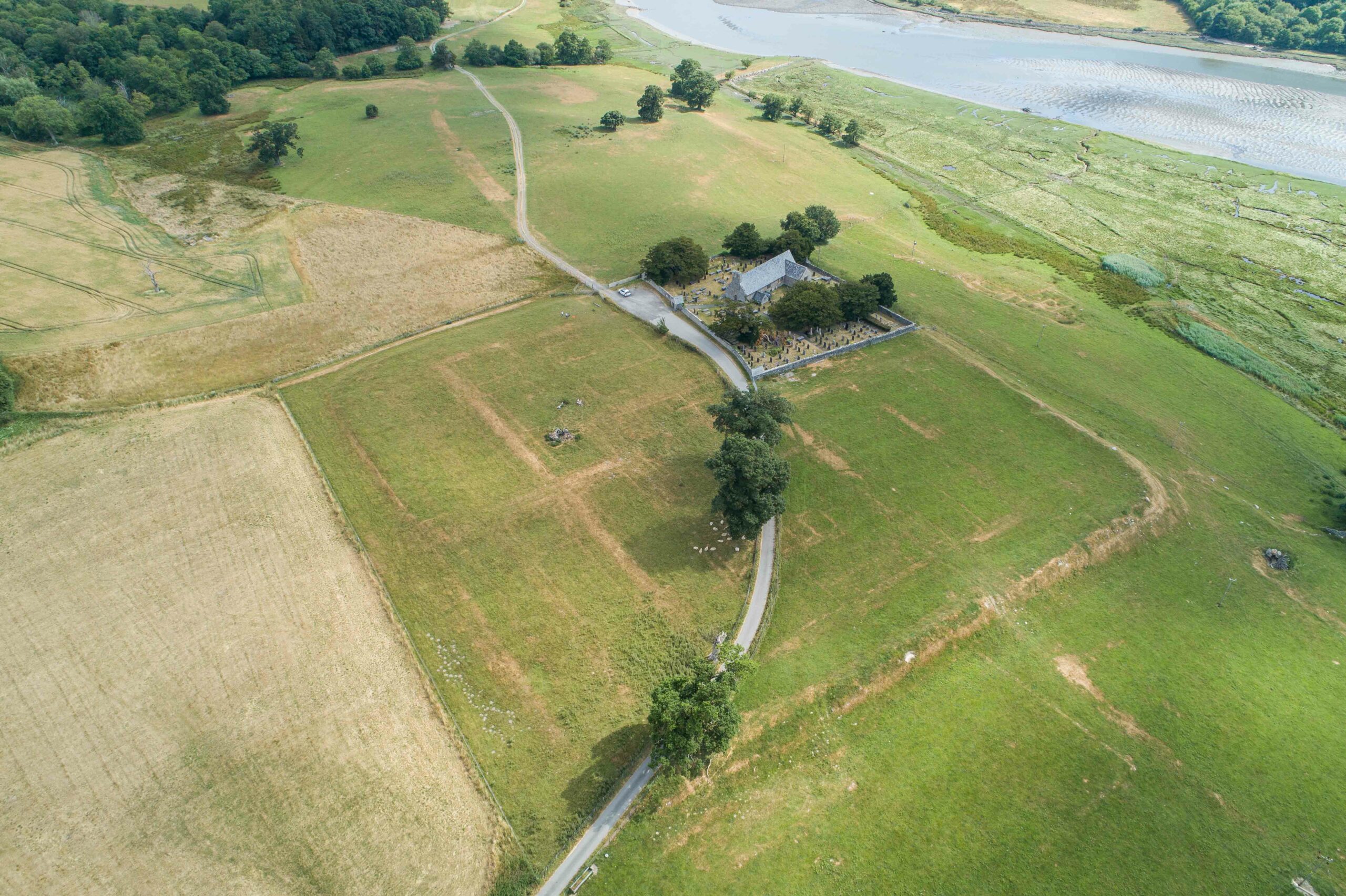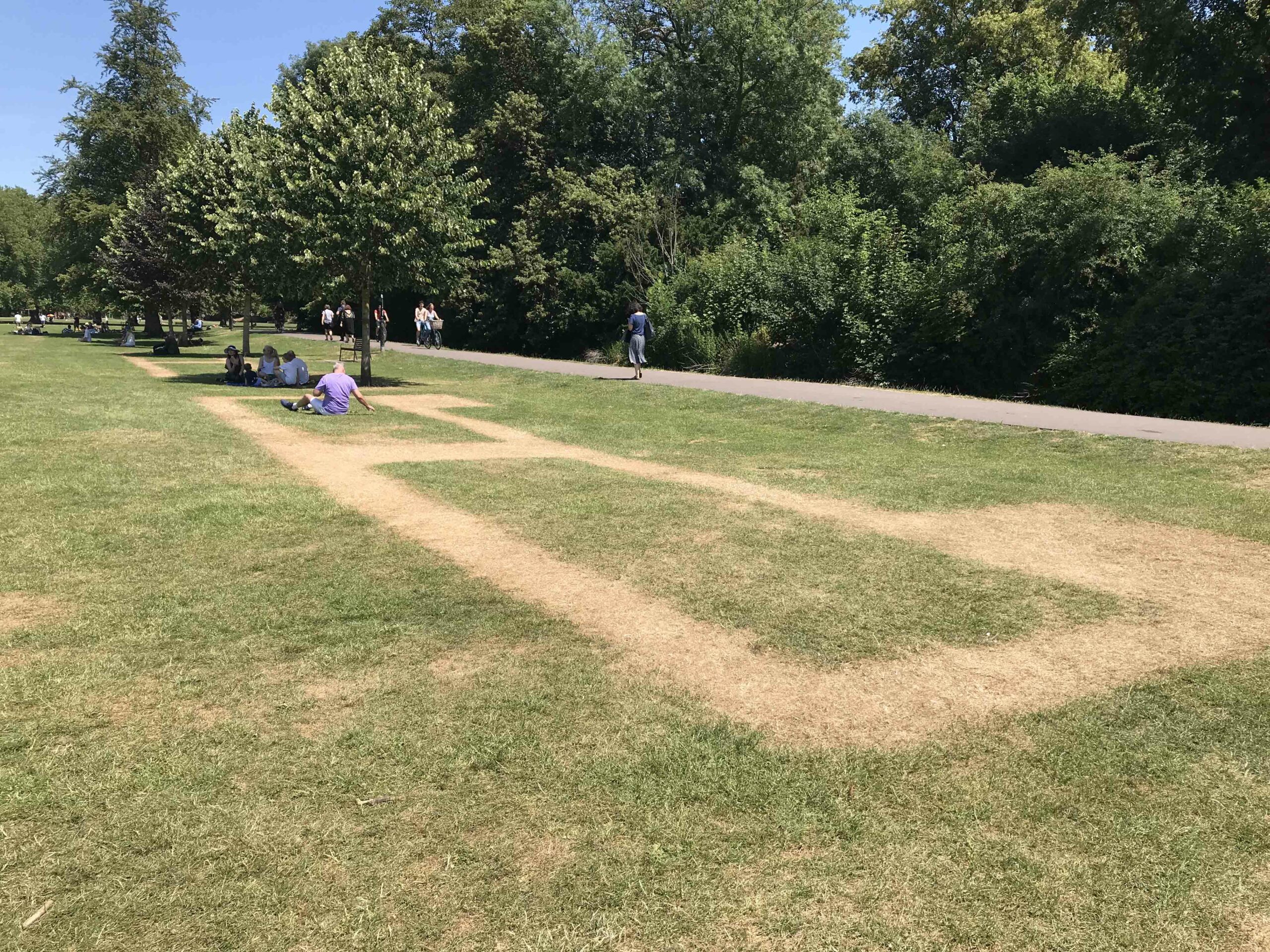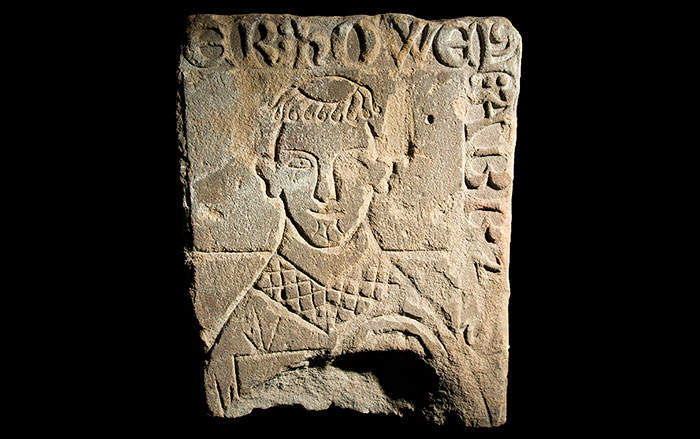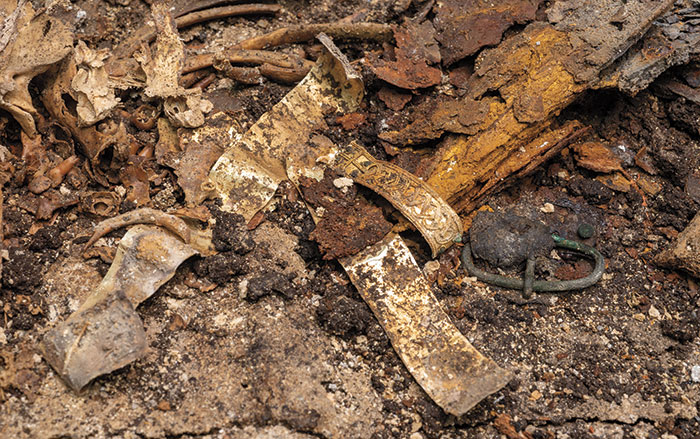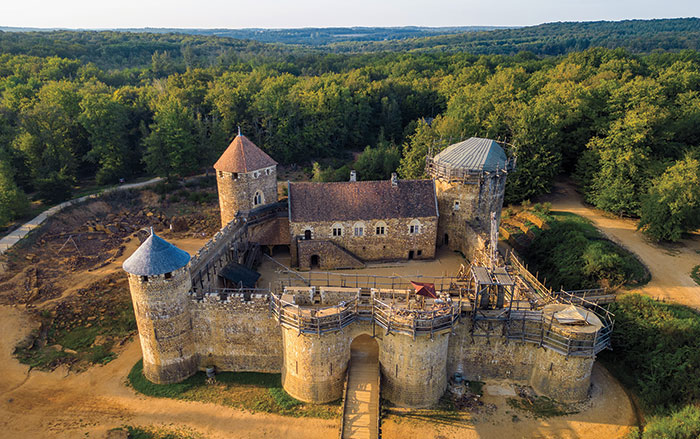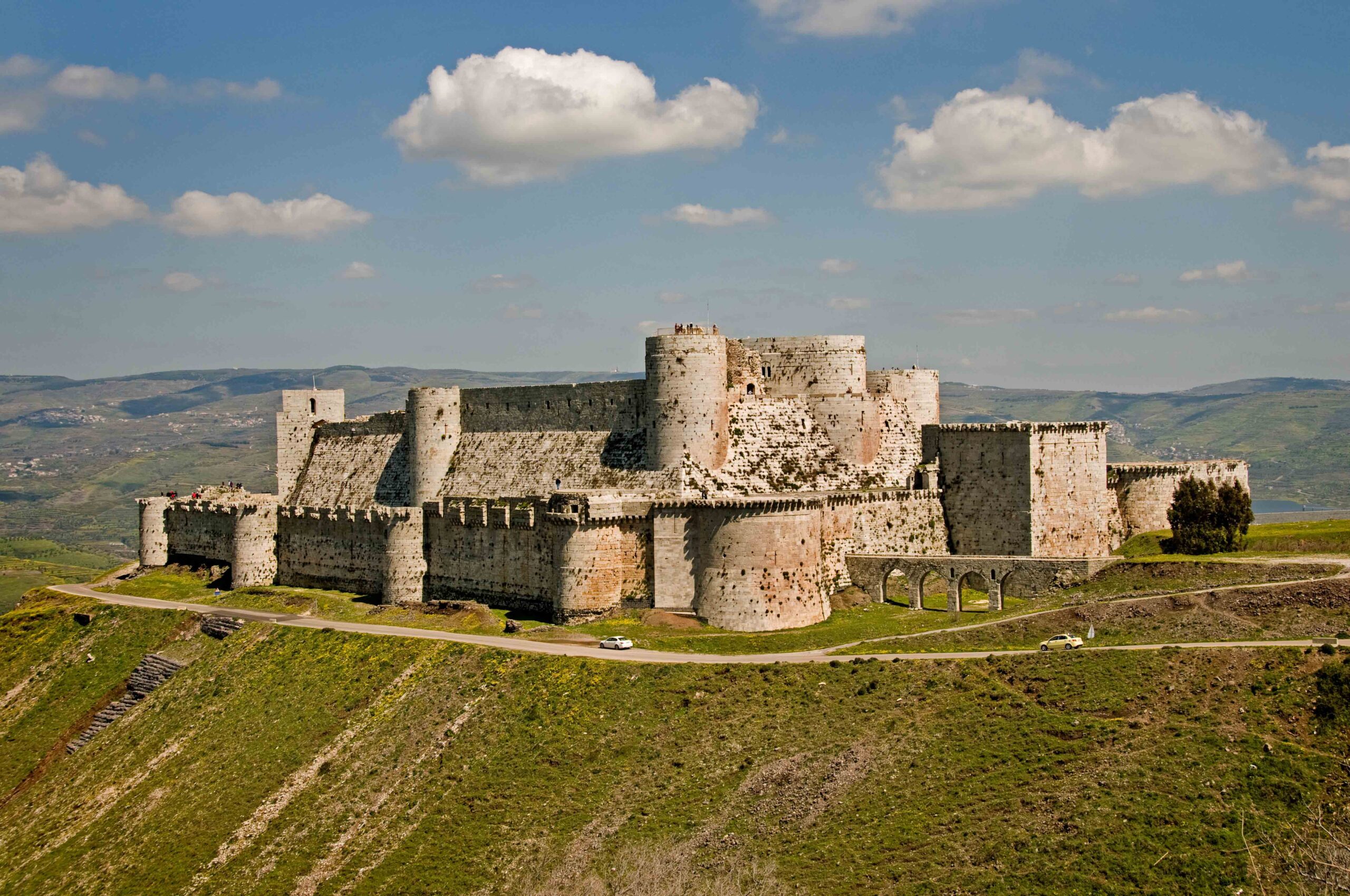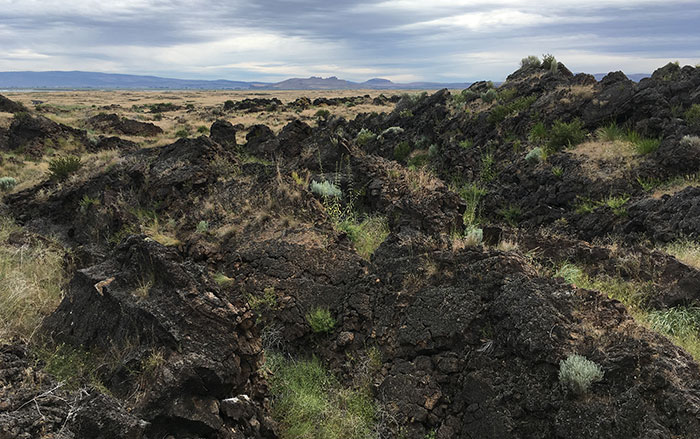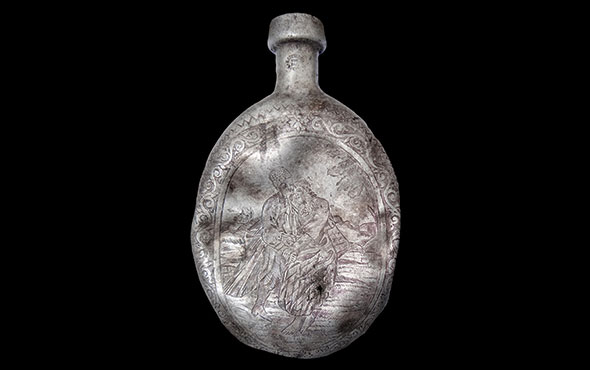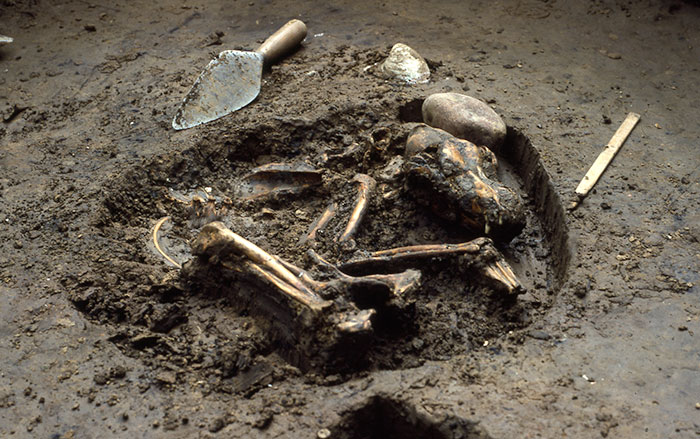The raised earthwork motte, or mound, of Castell Llwyn Gwinau, a medieval fortification that sits atop an isolated hill in western Wales, is about five feet high and some 100 feet in diameter. This remote spot is not obviously strategic, and it is possible the tenant of a nearby farmstead built the castle simply to signal his position as a knight. Although the location of the castle was known, the drought made its layout clear. Brown sections at its summit likely mark the remains of a stone wall, and a green ring indicates its ditch. The Royal Commission on the Ancient and Historical Monuments of Wales discovered at least 100 sites during the heat wave. “So much new archaeology is showing, it is incredible,” says Toby Driver, the commission’s senior aerial investigator. “The summer’s urgent work in the air will now lead to months of research in the office in the winter months to map and record all the sites which have been seen and to reveal their true significance.”
